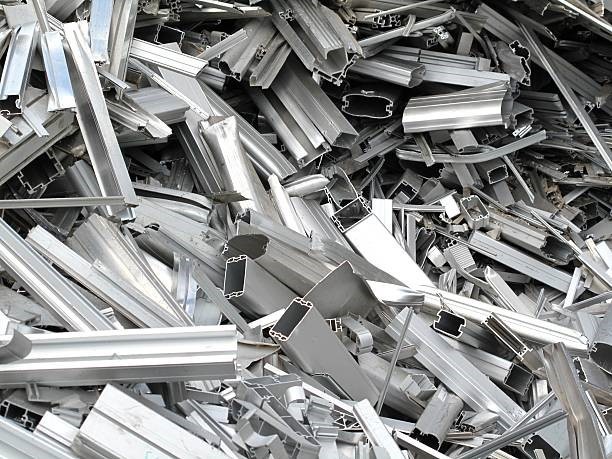Scrap aluminium encompasses a wide array of discarded items, from beverage cans to window frames, automotive parts to industrial equipment. While these objects may seem like mere waste, they hold immense potential when recycled. Unlike many other materials, aluminium retains its properties through recycling, allowing it to be melted down and reused indefinitely without degradation in quality.

Environmental Benefits
The environmental advantages of recycling scrap aluminium are profound. By diverting aluminium waste from landfills, recycling conserves valuable landfill space and reduces the burden on waste management systems. Additionally, recycling aluminium consumes significantly less energy than producing virgin aluminium from bauxite ore, resulting in lower carbon emissions and reduced reliance on finite resources. Every ton of recycled aluminium represents a tangible step towards mitigating climate change and preserving the planet for future generations.
Economic Opportunities
Beyond its environmental benefits, scrap aluminium presents lucrative economic opportunities. Recycled aluminium retains its intrinsic value, making it a valuable commodity in the global marketplace. Moreover, recycling aluminium generates jobs in collection, sorting, processing, and manufacturing, contributing to economic growth and prosperity. By transforming scrap aluminium into new products, recyclers create a closed-loop system that maximizes resource efficiency and minimizes waste.
Types of Scrap Aluminium
Scrap aluminium comes in various forms, each with its own recycling process and potential applications:
- Beverage Cans: Aluminium beverage cans are among the most widely recycled items, with a high recovery rate due to their uniform composition and widespread collection infrastructure.
- Building Materials: Construction and demolition activities generate aluminium scrap from window frames, doors, roofing materials, and structural components, all of which can be recycled into new building products.
- Automotive Parts: End-of-life vehicles yield significant amounts of aluminium scrap, including engine components, wheels, and body panels, which can be recycled into new automotive parts.
- Industrial Scrap: Industrial operations generate large quantities of aluminium scrap, including manufacturing waste, machinery components, and packaging materials, all of which can be recycled into new products.
Recycling Process
The recycling process for scrap aluminium typically involves several key steps:
- Collection: Scrap aluminium is collected from various sources, including households, businesses, and industrial facilities, and transported to recycling centers.
- Sorting: Aluminium scrap is sorted based on its alloy composition, size, and cleanliness to ensure quality and compatibility during the recycling process.
- Shredding: The sorted aluminium scrap is shredded into smaller pieces to facilitate melting and processing.
- Melting: The shredded aluminium is melted in a furnace at high temperatures to remove impurities and create molten aluminium.
- Casting: The molten aluminium is cast into ingots, billets, or other forms for further processing and manufacturing.
Scrap aluminium represents a valuable resource with vast potential for recycling and reuse. By diverting aluminium waste from landfills, recycling conserves energy, reduces environmental impact, and stimulates economic growth. Whether it’s beverage cans, automotive parts, or building materials, every piece of scrap aluminium has the potential to be transformed into something new and valuable. Embrace the journey of scrap aluminium recycling and join the movement towards a more sustainable future.
Harnessing Potential: The Value of Electric Motors Scrap Recycling
Electric motors power countless devices, but when they reach end-of-life, they become valuable scrap. Electric motors scrap recycling not only diverts waste but also conserves resources. By salvaging materials like copper and steel, recycling centers transform old motors into raw materials for new products, contributing to sustainability and resource efficiency